
Providers
Latest News

Chronic Spontaneous Urticaria Linked to Increased Heart Disease Risk
Latest Videos

Podcasts
CME Content
More News

Despite clinical definitions suggesting patients recover from exacerbations within 2 weeks of hospital discharge, most patients in a qualitative survey believed they had not achieved recovery within 3 months.

Combining ELR with CT-based measures predicts olfactory recovery in CRSwNP patients, highlighting eosinophils' role in disease severity and dysfunction.

Experts at AMCP Nexus 2025 highlighted how real-world data can improve CAR T-cell therapy access and outcomes.

Brigid Groves, PharmD, MS, discusses the importance of using trustworthy sources so that pharmacists can support communities with accurate information.

Metabolic intermediates were identified as active participants in fibrosis progression and potential targets for next-generation therapies.

Exploring Teclistamab’s Potential in Combination Therapy for Multiple Myeloma: Marc S. Raab, MD, PhD
Marc S. Raab, MD, PhD, discusses the different ways that combination therapy that includes teclistamab can benefit patients with multiple myeloma.

Real-world data suggest metabolic dysfunction-associated steatotic liver disease is also associated with higher all-cause mortality.
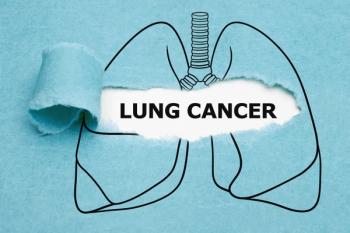
Previous research has evaluated PD-1/PD-L1 immunotherapy in patients with extensive-stage small cell lung cancer (ES-SCLC), but research in the setting of limited-stage disease is sparse.

Radiomic assessment has been used to distinguish multiple sclerosis from similar disorders, and it might also be useful in identifying MS stages and subtypes.
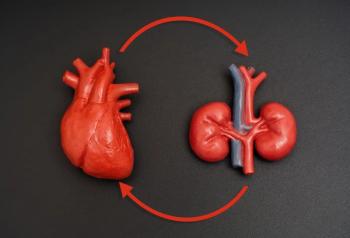
Overlapping metabolic mechanisms drive both chronic kidney disease (CKD) and valvular heart disease (VHD), a new review outlined.
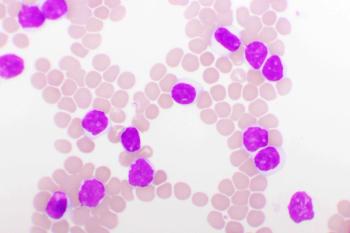
Cardiac adverse events were lower among patients taking zanubrutinib compared with ibrutinib in the real-world setting.
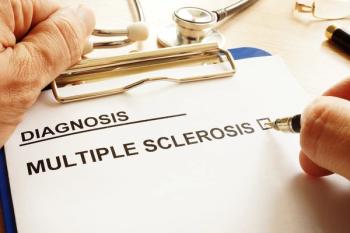
Structural and microbial findings point to a potential nasal-brain immune connection in patients with multiple sclerosis (MS).

A multidisciplinary approach that includes addressing social determinants of health reduces time to remission despite higher initial costs.
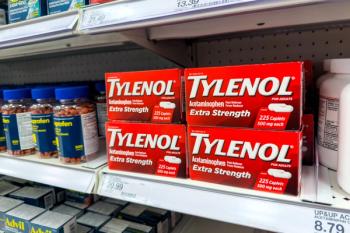
Attorney General Ken Paxton claims the manufacturers marketed acetaminophen toward pregnant women despite the “known dangers” to unborn children.

Explore the future of cancer treatment with tumor-agnostic therapies, as experts unveil promising trials and innovative drug developments at ESMO.

Synovial sarcoma—a rare, aggressive soft tissue cancer—can present as a painless hand swelling that mimics a harmless lesion, underscoring the need for early recognition and improved diagnostic access in low-resource settings.

Experts at CHEST 2025 highlight rising costs, insurance complexity, and workforce shortages as major barriers to health care access in the US.

The real-world data support the long-term value of mepolizumab as an add-on maintenance therapy in severe asthma.

New data reinforce elinzanetant’s safety, efficacy, and ability to improve sleep disturbances in menopausal women, independent of vasomotor symptom relief.

Early and lifelong trauma can intensify menopause symptoms and accelerate cardiovascular and brain aging, according to research.

Preclinical data suggest a possible synergistic interaction between estrogen and GLP-1 signaling, explains Regina Castaneda, MD.
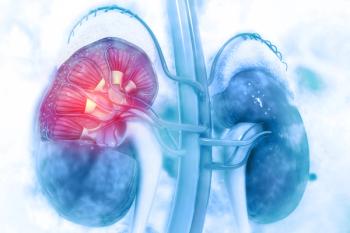
CD45 + C1q + CCR8+ cells were found to be a novel immune-cell subset associated with kidney disease severity and progression risk.

Serum biochemical fingerprints can stratify chronic lymphocytic leukemia (CLL) outcomes and uncover heterogeneity within molecularly defined low-risk disease.

Chronic spontaneous urticaria (CSU) and atopic disorders seem to share an immunological basis and may significantly benefit from type 2 inflammation–targeted therapies.

Treatment options for patients with small cell lung cancer (SCLC) who survive to a third line of therapy are insufficient, authors of a new study argue.

























































